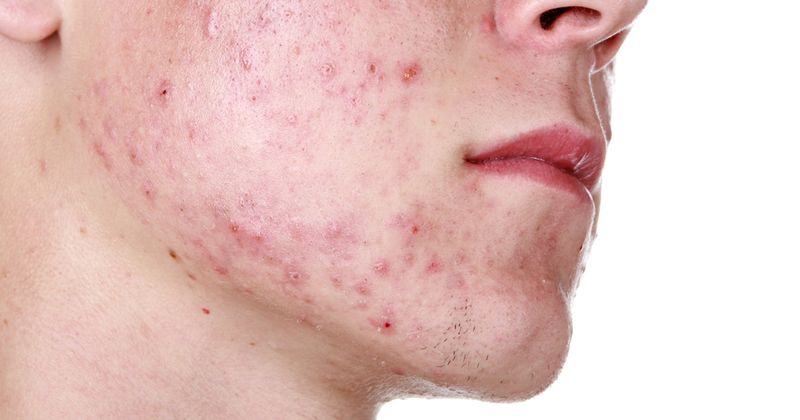‘Under promise and over deliver’: Speaker highlights consensus on treating acne scars
Key takeaways:
- The consensus discussed how to use fractional, nonablative fractional, radio frequency microneedling and vascular lasers for the treatment of acne scars.
- The panel included 24 experts.
ORLANDO — A speaker at the American Society for Dermatologic Surgery Annual Meeting highlighted a set of international consensus recommendations for the use of energy-based devices for acne scar treatment.
The consensus, which was published in 2022, was created by a panel of 24 dermatologists and plastic surgeons. Farah Moustafa, MD, FAAD, director of laser and cosmetics and director of the hair clinic at Tufts Medicine and assistant professor at Tufts University School of Medicine, presented the findings from this consensus as well as her experience with these devices.

Ablative fractional laser
When it comes to the treatment of rolling and superficial boxcar scars, 73% of panelists agreed that a series of ablative fractional laser treatments are more effective than a single phenol treatment of fully ablative laser, according to the presentation.
When using an ablative fractional laser for acne scars, the panelists recommended no fewer than two and no more than four sessions for peak clinical response. The preferred interval between treatments should be 2 to 3 months.
When asked which laser they would use for the treatment of deep, shallow or hypertrophic scars, the majority of panelists stated the ablative fractional laser. In fact, 47% of the panelists indicated that the fractionated CO2 laser is more effective than fractionated Er:Yag.
“There are several commercially available fractional CO2 devices on the market,” Moustafa said in her presentation. “The majority of panelists favor relatively high energy [including] 40 mJ to 50 mJ on the deep FX setting and low density, so 5% in the scar area.”
After a single pass over the scar, clinicians can perform a superficial second pass to feather out any blunted scarring.
“The key to keeping the density low is allowing enough untreated tissue and intact adnexal structures to aid in the healing process and avoid excessive thermal damage,” she explained.
Nonablative fractional resurfacing and radio frequency microneedling
The nonablative fractional laser, such as the 1,550 nm, is associated with increased tolerability and decreased downtime; however, it is not as effective as the ablative fractional laser.
“They do require more treatments, so we are now looking at four to eight treatments vs. two to three of the ablated fractional treatments,” Moustafa said, adding that these treatments must be done in 1-month intervals.
Radio frequency microneedling is another great tool for repairing atrophic acne scars, according to Moustafa. The panelists found the insulated fractional radio frequency device tips yield better results compared with noninsulated tips because insulated tips are able to concentrate at the tip of the needle, where the scare lies, thereby protecting the epidermis.
Vascular laser
According to the consensus, pulsed dye lasers are the most frequently selected device to treat scar erythema. The panelists were divided on whether medium length pulse durations and higher fluences should be used vs. shorter pulse durations and lower fluences.
However, the panel recommended that patients with active acne should be treated with this modality as it has the ability to not only treat acne scares but also reduce inflammation from acne with the newer devices also targeting the sebaceous glands.
Final tips
During this treatment process, Moustafa emphasized that communication with patients is crucial.
“Setting expectations is extremely important,” she said. “Be as clear as you can about the specifics, how many treatment sessions you are recommending and the expected degree of improvement after X number of treatment sessions.”
She recommended that clinicians do 6-month check-ins following the last treatment to assess for overall improvement as this can help plan for next steps while considering the patient’s budget, healing time and response.
As treating acne scars can be very difficult, Moustafa reminded clinicians to maintain realistic expectations with their patients.
“Remember,” she said, “always under promise and over deliver.”

